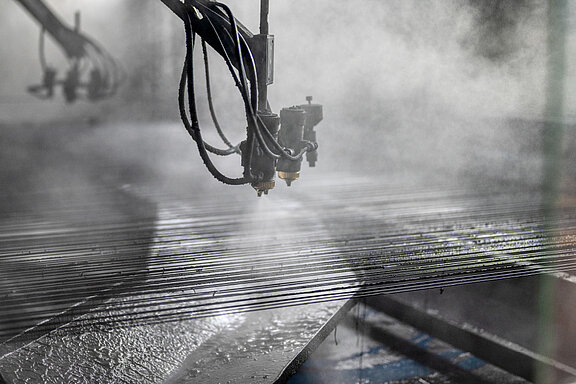The electrochemical impedance spectroscopy EIS is a modern method to investigate the corrosion behavior.
For the impedance spectrum, the corrosion measuring cell is excited (modulated) with a sinusoidal current. The resulting voltage is measured with amplitude and phase over a wide frequency range.
The frequency range is typically between 50 mHz and 5 kHz.
The impedance is calculated from the modulation current and the resulting modulation voltage.
From the impedance spectrum, the electrolytic resistance RE and the contact resistance RD can be calculated.
The penetration resistance RD is then used to directly calculate the corrosion rate.
Impedance spectroscopy allows, among other things, the investigation of the effectiveness of temporary corrosion protection measures. For example, the corrosion protection duration and spatial homogeneity of the corrosion protection agent in contact with liquid media can be determined.
Impedance spectroscopy is an effective corrosion testing method, especially for small corrosion rates, the determination of which via mass loss would lead to large measurement errors.
Another advantage of impedance spectroscopy is that corrosion analysis can be carried out without removing a component and in locations that are difficult to access.
With electrochemical impedance spectroscopy (EIS), not only qualitative but also quantitative statements on the corrosion of metals can be made.
Among other things
- the barrier effect
- the water absorption
- the delamination
can be investigated.
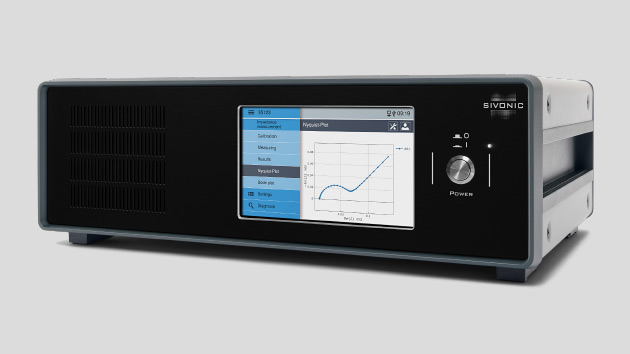
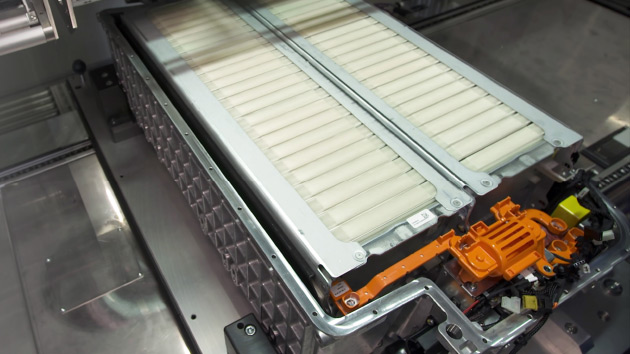

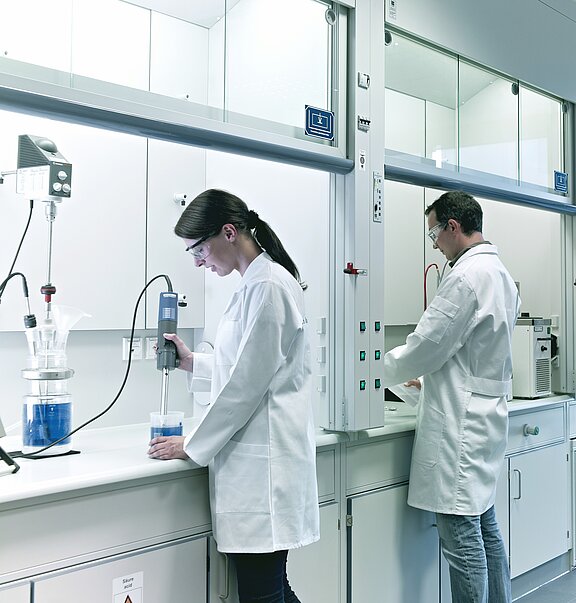
![Fuel Cell [Translate to Englisch:]](/fileadmin/_processed_/e/2/csm_img_Vorschau_Applikationen_Brennstoffzellen_5c9d48bd57.jpg)
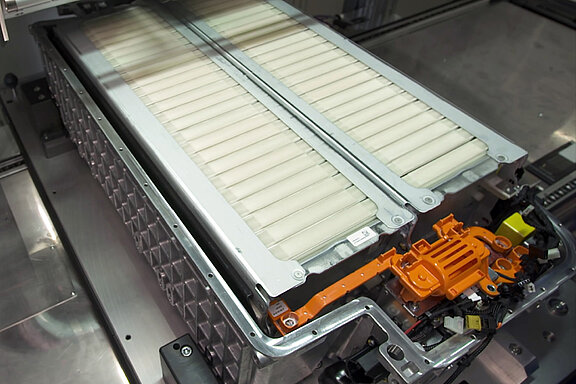
![Electrolysis [Translate to Englisch:]](/fileadmin/_processed_/c/5/csm_img_Vorschau_Applikationen_Elektrolyse_010bb10ebc.jpg)
